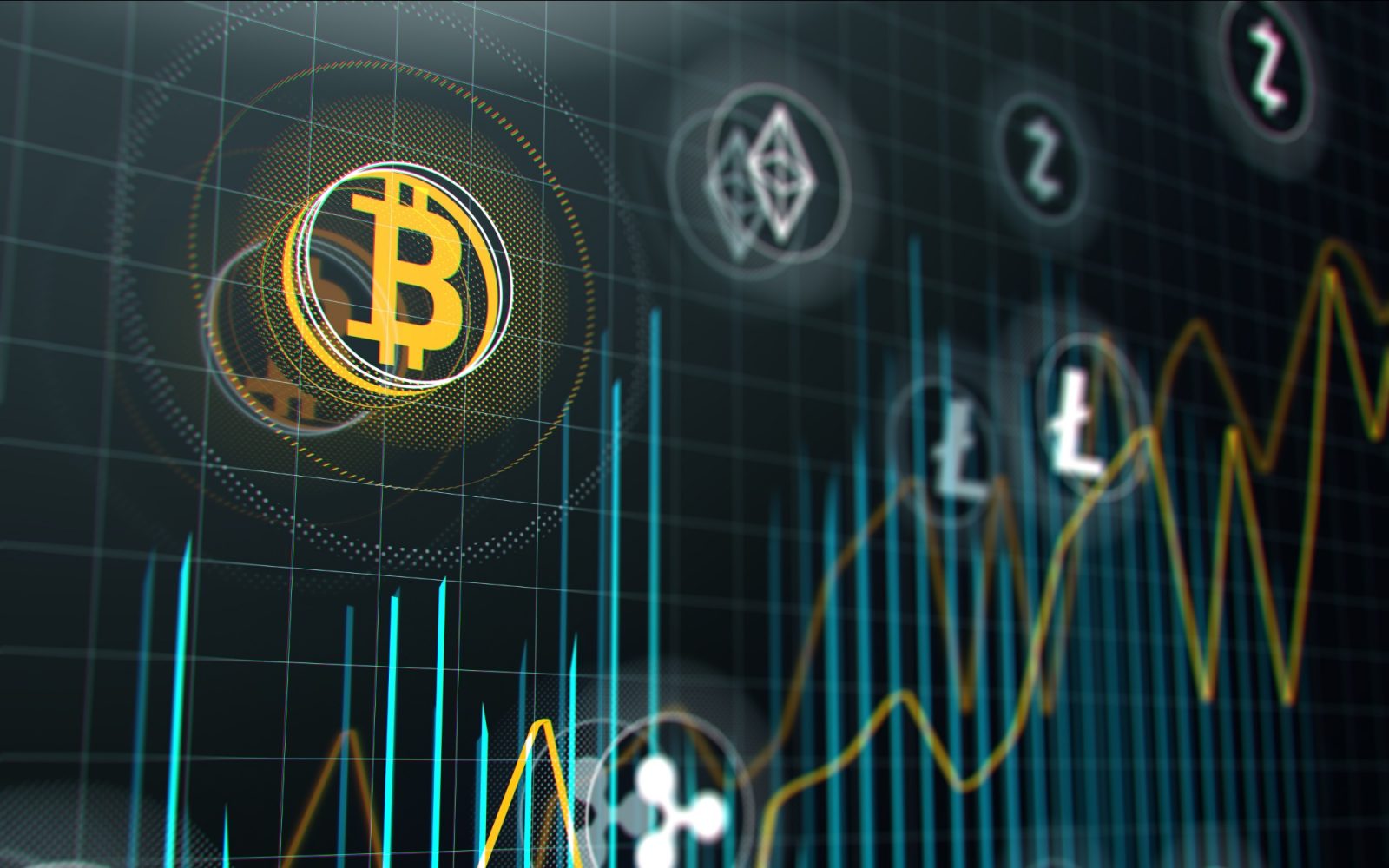News
Why External Attack Surface Management is Crucial in 2023
Once upon a time, gate-based cybersecurity methods were the most efficient way to protect an organization’s external attack surface.
The fact is, with companies constantly growing and expanding by the minute, it’s simply impossible to get security teams to analyze and sign off on each new asset or application prior to them going live.
In addition to that, most businesses are completely unaware of just how widespread their external attack surface really is. As a result, without the aid of External Attack Surface Management (EASM), there is an increased chance that a business’s external assets will become vulnerable at one point or another.
Today we uncover how External Attack Surface Management is essential in securing a company’s IT architecture and ensuring it doesn’t fall victim to cyber-attacks, becoming the latest cautionary tale for others in 2023.
Why External Attack Surface Management is the Future of Cybersecurity
Businesses, big and small, often manage large amounts of sensitive data and sometimes even funds. This makes them alluring to cyber criminals as they often focus on their targets, considering the greatest profitability.
And, from an online criminal’s perspective, the more external assets on offer, the greater the attack surface. A broad attack surface means there are more options for acquiring access to various environments and a higher chance that a breach will occur. In addition, smaller companies are vulnerable because they have smaller IT teams and less robust security management.
External Attack Surface Management allows for monitoring a company’s external entry points, which can be used to access things like data, sensitive information or complete systems.
An increasingly faced-paced way of doing business has resulted in many security challenges that conventional security monitoring methods just cannot keep up with, which EASM aims to address.
A shifting asset landscape is incredibly tricky to keep track of. However, a strong EASM program is set to become the solution for cybersecurity teams in 2023, particularly when it comes to the changing online security trends we’re witnessing.
Vulnerable Common Attack Surfaces
An attack surface involves a physical or digital interface that an attacker can try to gain access to in order to deploy an attack vector or gain sensitive information. To make matters worse, if this attack is successful and goes unnoticed, it is usually used as a point of entry for a chain of attacks.
Understanding and defining the attack surface area is key to protecting it. With the increased use of cloud environments, the entry points of publicly accessible web applications include known, unknown and rouge assets.
Known assets are those which IT teams are aware of and observe with extra care. These include:
- Cloud storage
- Third-party services
- Middleware
- DNS domains and subdomains
- Server misconfigurations
- Hosted apps
- Web VPNs
- Routers
- Ports
- Frameworks
- Physical employee devices
Unknown assets are unavoidable and create weaknesses in the attack surface. They are unknown to the security team and are also referred to as shadow IT. Unknown assets can be made up of independently installed software by workers or even forgotten websites. Often, they are harder to discover, especially for growing companies that lack the right tools and processes.
They will occur when mistakes are made in IT software installation or code or can even result from an insecure supply chain.
Rogue assets are all those assets created by malicious actors. This includes malware, typo-squatted domains, websites or even mobile applications built to impersonate the target company.
The External Attack Surface Management Solution
There are some businesses that still rely on vulnerability scanning when it comes to baseline External Attack Surface Management. Unfortunately, this outdated type of assessment provides teams with results that expire quickly and, more often than not, do not paint a true picture of an organization’s sensitive data, digital assets and risks.
EASM is one of the key tools that help organizations identify all possible risks with internet-facing systems and assets. It does this through the following processes and technologies:
- Asset discovery
- Data classification
- Analysis
- Prioritization
- Remediation
- Complete data classification
This tool is also linked to the MIRE ATT&CK Framework — a resource that lists the most common and latest hacking methods that might endanger a company, helping them uncover weaknesses early.
Controlling the Attack Surface
One of the most effective ways to control an attack surface is by limiting the features that are made available to external users. So, for example, only authorized employees or registered customers should be able to access things like online demos or intranet modules that might expose code. In addition to that, content management and administration modules should have enforced access restrictions.
Other steps that can be taken to curb the amount of entry points include:
- Use obscure points
- Enforce IP restrictions
- Only collect the necessary data
- Try to make any sensitive data anonymous
- Secure admin modules on a completely isolated site
- Restrict the type of files that can be uploaded by users to ensure secure uploads
- Enforce cloud workload security to enhance cloud protection which helps against breaches
Staying a Step Ahead of Threat Actors in 2023
A decade ago, traditional online security strategies included providing substantial perimeter defenses through firewalls, antivirus software and internal networks. Back then, that type of cybersecurity method might have been enough to protect the assets of a business.
In today’s fast-paced online environment, threat actors don’t have to break through the perimeter thanks to externally hosted assets, leaving IT specialists with a major problem in ensuring the security of the external attack surface.
The truth is that every company, whether big or small, has an external attack surface made up of internet-facing assets. Assets such as operating systems, domain names, IoT devices, servers, security devices and public cloud servers make up common components of an external attack surface.
Unless properly controlled, assets such as these, together with attack vectors, are what cybercriminals can use to steal sensitive data.
One of the biggest challenges facing businesses today is that they’re unaware of just how vast their attack surface is, which is why external attack surface management is crucial in the protection of a company’s assets in 2023.
-

 Marketing Tips2 days ago
Marketing Tips2 days agoWhat is my Instagram URL? How to Find & Copy Address [Guide on Desktop or Mobile]
-

 Business Imprint3 days ago
Business Imprint3 days agoAbout Apple Employee and Friends&Family Discount in 2024
-

 App Development3 days ago
App Development3 days agoHow to Unlist your Phone Number from GetContact
-

 News4 days ago
News4 days agoOpen-Source GPT-3/4 LLM Alternatives to Try in 2024
-

 Crawling and Scraping4 days ago
Crawling and Scraping4 days agoComparison of Open Source Web Crawlers for Data Mining and Web Scraping: Pros&Cons
-

 Grow Your Business2 days ago
Grow Your Business2 days agoBest Instagram-like Apps and their Features
-

 Grow Your Business4 days ago
Grow Your Business4 days agoHow to Become a Prompt Engineer in 2024
-
Marketing Tips2 days ago
B2B Instagram Statistics in 2024








